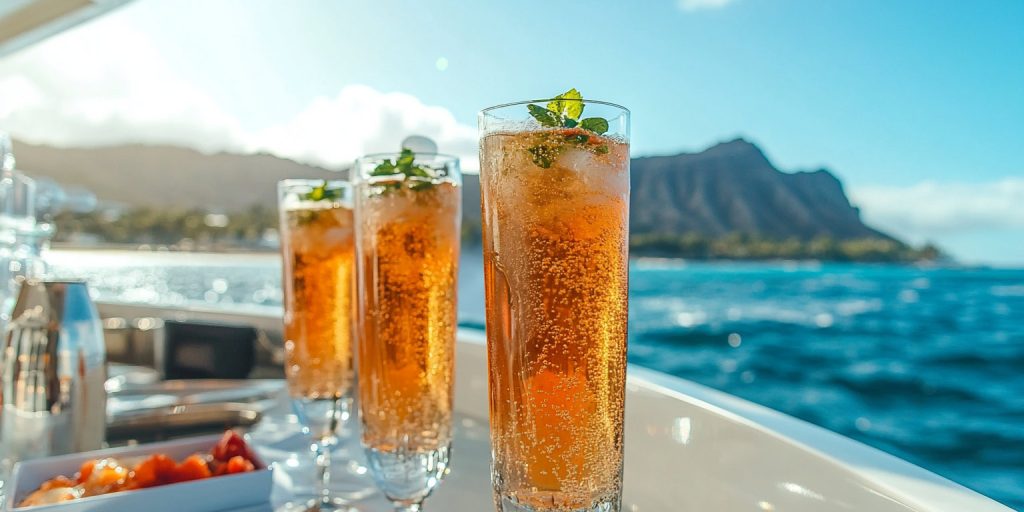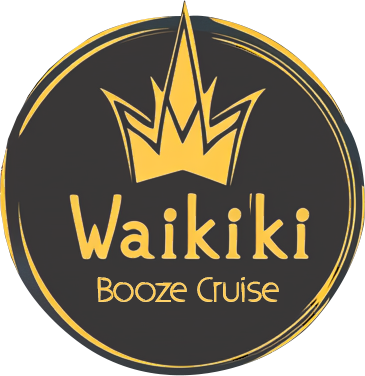During the Prohibition era, when alcohol was outlawed across the United States, creativity flourished in unexpected ways. One of the most fascinating developments was the rise of the American booze cruise. These clandestine boat trips offered an escape for those looking to indulge in banned beverages. As law enforcement clamped down on speakeasies and bars, the open waters became a haven for free-spirited drinkers. This blog delves into the intriguing history of these floating speakeasies, tracing their origins and uncovering the costs and risks involved.
When Did the American Booze Cruise Start?
The roots of the American booze cruise can be traced back to the 1920s, right in the heart of Prohibition. From 1920 to 1933, the 18th Amendment banned the production, sale, and distribution of alcohol across the nation. While law enforcement focused on cracking down on illegal bars and distilleries on land, resourceful entrepreneurs saw an opportunity on the water.
International waters, lying just beyond the reach of American jurisdiction, became the perfect loophole. Boats would sail far enough out to legally serve alcohol, then return passengers to the shore under the cover of darkness. For many, these cruises represented not only a chance to drink freely but also an exhilarating act of defiance.
How Much Did a Booze Cruise Cost?
In the 1920s, the cost of a booze cruise varied depending on the experience offered. Basic trips were often affordable for middle-class drinkers, with prices ranging from $10 to $50 per ticket—equivalent to roughly $150 to $750 today. These tickets usually included transportation, access to the ship’s bar, and live entertainment like jazz bands or cabaret shows.
Luxury booze cruises were also popular, catering to wealthier individuals with extravagant onboard dining, premium liquors, and lavish settings. These high-end experiences could run hundreds of dollars per person, a price many were willing to pay for an unforgettable night away from the watchful eyes of law enforcement.

Why Booze Cruises Thrived During Prohibition
Several factors contributed to the success of booze cruises:
- Loopholes in the Law: By operating in international waters, organizers sidestepped the restrictions of Prohibition.
- A Sense of Adventure: The combination of secrecy, rebellion, and luxury made these cruises an irresistible draw for thrill-seekers.
- Cultural Shifts: The 1920s were marked by a growing spirit of rebellion and indulgence, epitomized by the roaring jazz age. Booze cruises embodied this cultural transformation.
Riding the Waves of Freedom: The Legacy of the American Booze Cruise
The American booze cruise was more than just a creative workaround for Prohibition—it was a bold statement of resistance and ingenuity during a restrictive era. These floating speakeasies not only kept the spirits flowing but also showcased the resilience of a society determined to find joy, even under challenging circumstances. While the days of Prohibition have long since passed, the story of the booze cruise reminds us of the lengths people will go to protect their freedom and celebrate life.

